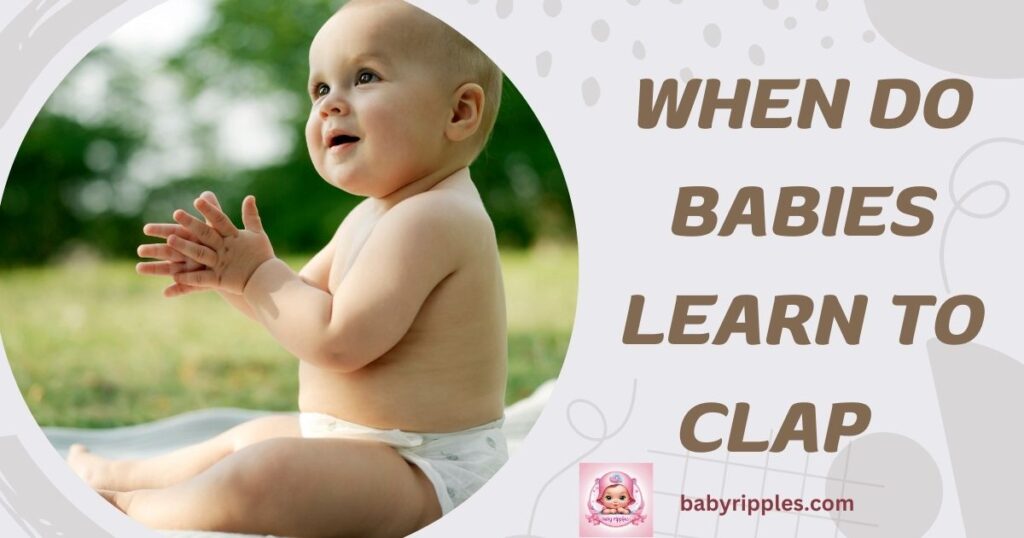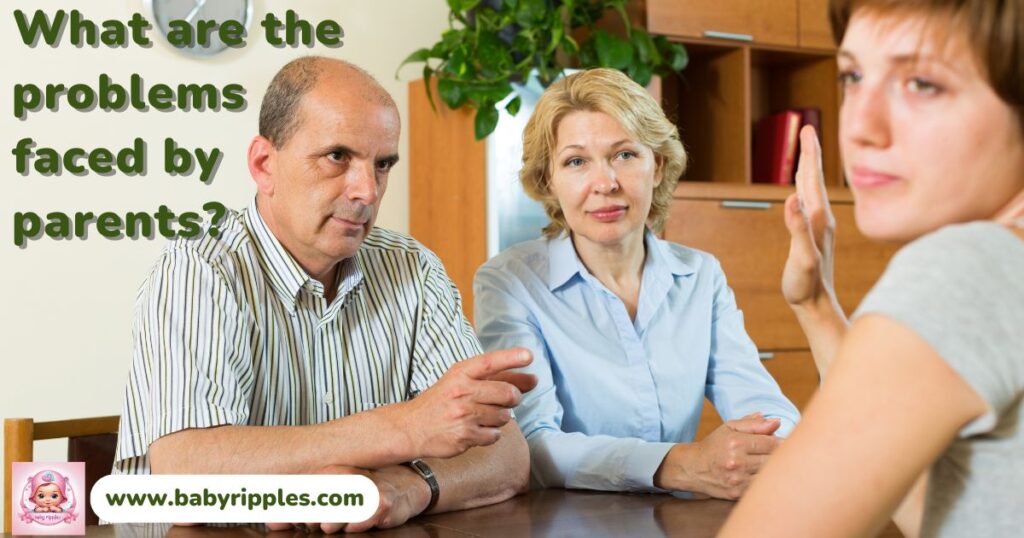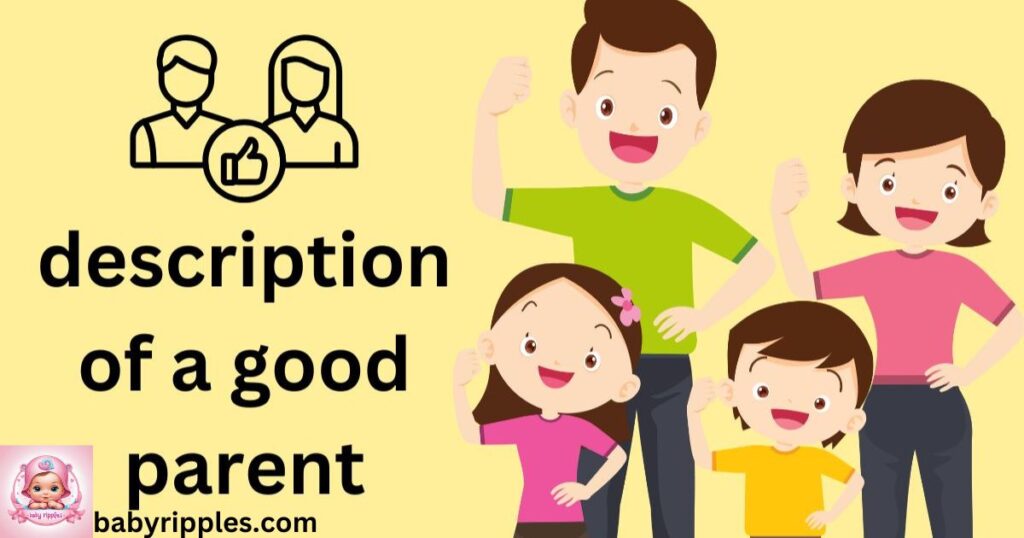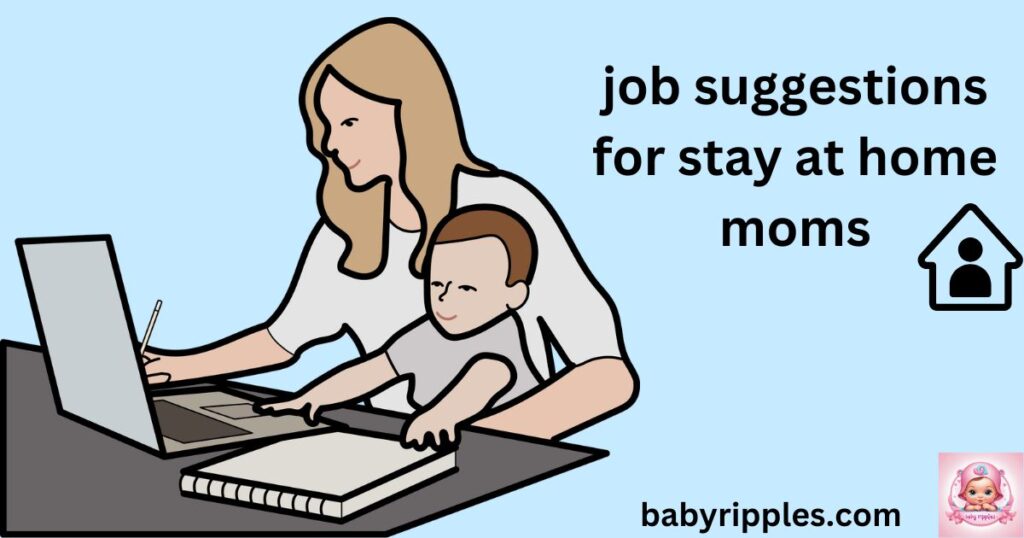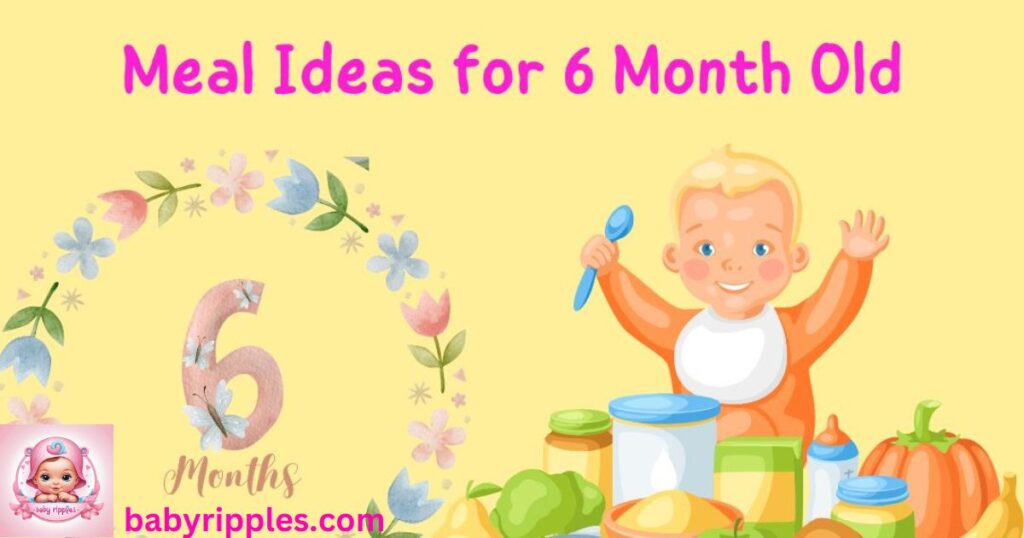Clap, clap, baby, let’s all dance,
Clap to the rhythm, take a chance.
Clap to the left, clap to the right,
Clap all day, clap all night!
For any parent, one of the most thrilling experiences is watching a baby’s developmental milestones. As they anxiously await this happy moment, many parents wonder when do babies learn to clap. This seemingly insignificant act represents a significant milestone in your baby’s development, demonstrating their growing hand-eye coordination, social skills, and motor abilities. This post will discuss when babies can clap, how to support this developmental milestone, and how to make learning enjoyable and interesting.
You may want to read: What Is a Velcro Baby?
- At What Age Do Babies Typically Learn to Clap?
- Early Signs Leading to Clapping
- How to Encourage Your Baby to Clap
- Why Is Clapping an Important Milestone?
- When Do Babies Learn How to Clap Compared to Other Milestones?
- How to Make Clapping a Fun Learning Experience
- Products to Help Your Baby Learn to Clap
- What If My Baby Isn’t Clapping Yet?
- Key Takeaways
- FAQs About When Babies Learn to Clap
At What Age Do Babies Typically Learn to Clap?

Between the ages of six and nine months, babies typically begin clapping their hands. By this point, toddlers can imitate the clapping motion because they have improved their hand coordination and control. However, depending on their own development pace, some babies may learn a little bit sooner or later.
Early Signs Leading to Clapping
- Reaching and Grasping: Around 3 to 4 months, babies begin grabbing objects, a skill that lays the foundation for clapping.
- Banging Toys Together: By 6 months, many babies will bang toys or their hands together, a precursor to clapping.
- Imitating Gestures: Babies also start mimicking actions they see, like waving or clapping, which is an essential part of their learning process.
How to Encourage Your Baby to Clap
If you’re wondering when do babies clap hands and how to help them, here’s a step-by-step guide:
1. Show Them How to Clap
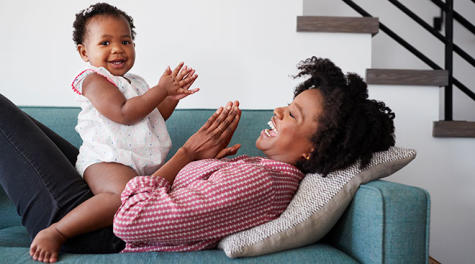
Babies are visual learners. Clap your hands in front of them and say phrases like, “Clap, clap, clap!” Smile and make it enjoyable so they’re encouraged to mimic you.
2. Sing Songs with Clapping
Introduce nursery rhymes like “If You’re Happy and You Know It” or “Pat-a-Cake.” These songs incorporate clapping and can make the learning experience entertaining.
3. Use Hand-Over-Hand Assistance
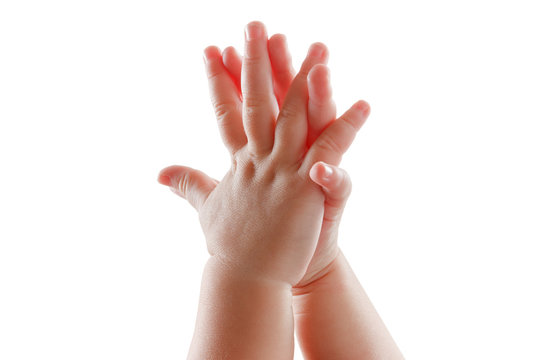
Gently hold their hands and guide them to clap. This helps them understand the motion while feeling the rhythm.
4. Praise and Celebrate
Every time your baby attempts to clap, cheer and applaud. Babies thrive on positive reinforcement and will feel motivated to try again.
5. Use Toys That Promote Motor Skills
Toys that require hand movements, like stacking rings or rattles, can enhance your baby’s coordination.
Why Is Clapping an Important Milestone?
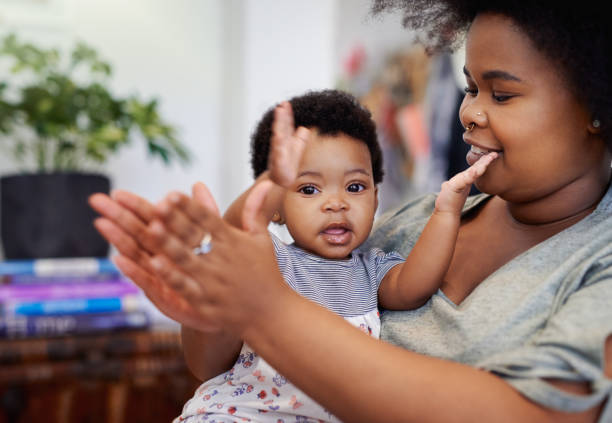
Clapping isn’t just an adorable moment—it’s a significant developmental milestone that showcases:
- Improved Motor Skills: Clapping requires coordination between the hands and fingers, reflecting better control.
- Social Interaction: Babies clap to express joy and communicate with others, fostering social bonds.
- Cognitive Development: Mimicking actions like clapping helps babies understand cause and effect.
When Do Babies Learn How to Clap Compared to Other Milestones?

Here’s a general timeline of related milestones:
- 3 to 4 Months: Grasping and holding objects.
- 6 Months: Banging toys together.
- 6 to 9 Months: Clapping hands, waving, and pointing.
- 9 to 12 Months: Fine motor skills like picking up small objects.
If your baby hasn’t started clapping by 10 to 12 months, don’t worry. Babies develop at their own pace. However, you can consult a pediatrician for reassurance and guidance.
How to Make Clapping a Fun Learning Experience

1. Incorporate Clapping in Daily Activities
For example, clap during mealtime, bath time, or playtime. This repetition makes it easier for your baby to learn.
2. Play Interactive Games
Games like “Peek-a-Boo” or “This Little Piggy” can incorporate clapping, making it a natural part of play.
3. Encourage Group Play
If possible, let your baby interact with other babies or toddlers. Seeing peers clap can inspire them to do the same.
Products to Help Your Baby Learn to Clap
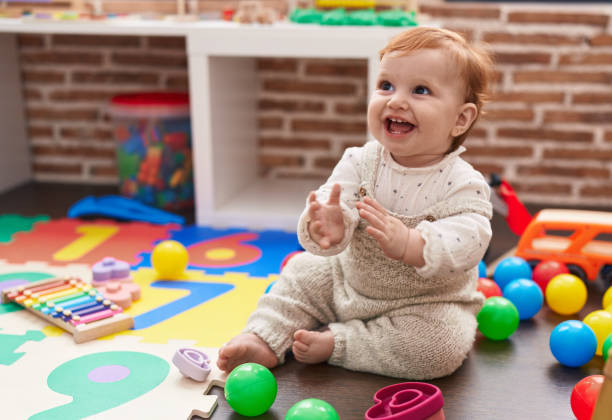
While clapping doesn’t require any special tools, certain toys and aids can make the process more engaging:
- Musical Toys with Lights and Sounds
These toys encourage hand movements and sensory stimulation. - Soft Plush Toys
Babies can bang them together to practice the motion of clapping. - Interactive Playmats
Playmats with music and activities involving hand movements can improve coordination.
By investing in these products, you can confidently support your baby’s developmental journey.
What If My Baby Isn’t Clapping Yet?
It’s natural to worry if your baby isn’t clapping within the expected timeframe. Here are some tips:
- Observe Their Overall Development: If they’re hitting other milestones, like sitting up or crawling, clapping may just take a little longer.
- Limit Screen Time: Too much screen time may limit opportunities for physical interaction.
- Seek Professional Advice: If clapping or other milestones seem delayed, a pediatrician or occupational therapist can provide helpful strategies.
Key Takeaways
- Babies typically learn to clap between 6 to 9 months, but every baby is different.
- Encouraging your baby through songs, play, and toys can make learning easier and more enjoyable.
- Clapping reflects essential motor and social skills, making it a milestone worth celebrating.
FAQs About When Babies Learn to Clap
1. When do babies learn how to clap?
Babies usually start clapping between 6 to 9 months, as they develop better motor coordination and social awareness.
2. Why is clapping important for babies?
Clapping helps improve motor skills, hand-eye coordination, and social interaction. It’s a fun way for babies to express joy.
3. How can I teach my baby to clap?
Show them how to clap, sing songs with clapping motions, and use hand-over-hand guidance to help them understand the action.
4. When can babies clap compared to other milestones?
Clapping typically occurs around the same time as waving or pointing, usually between 6 to 9 months.
5. What should I do if my baby isn’t clapping yet?
Be patient and focus on other milestones. Consult a pediatrician if you’re concerned about delayed development.

